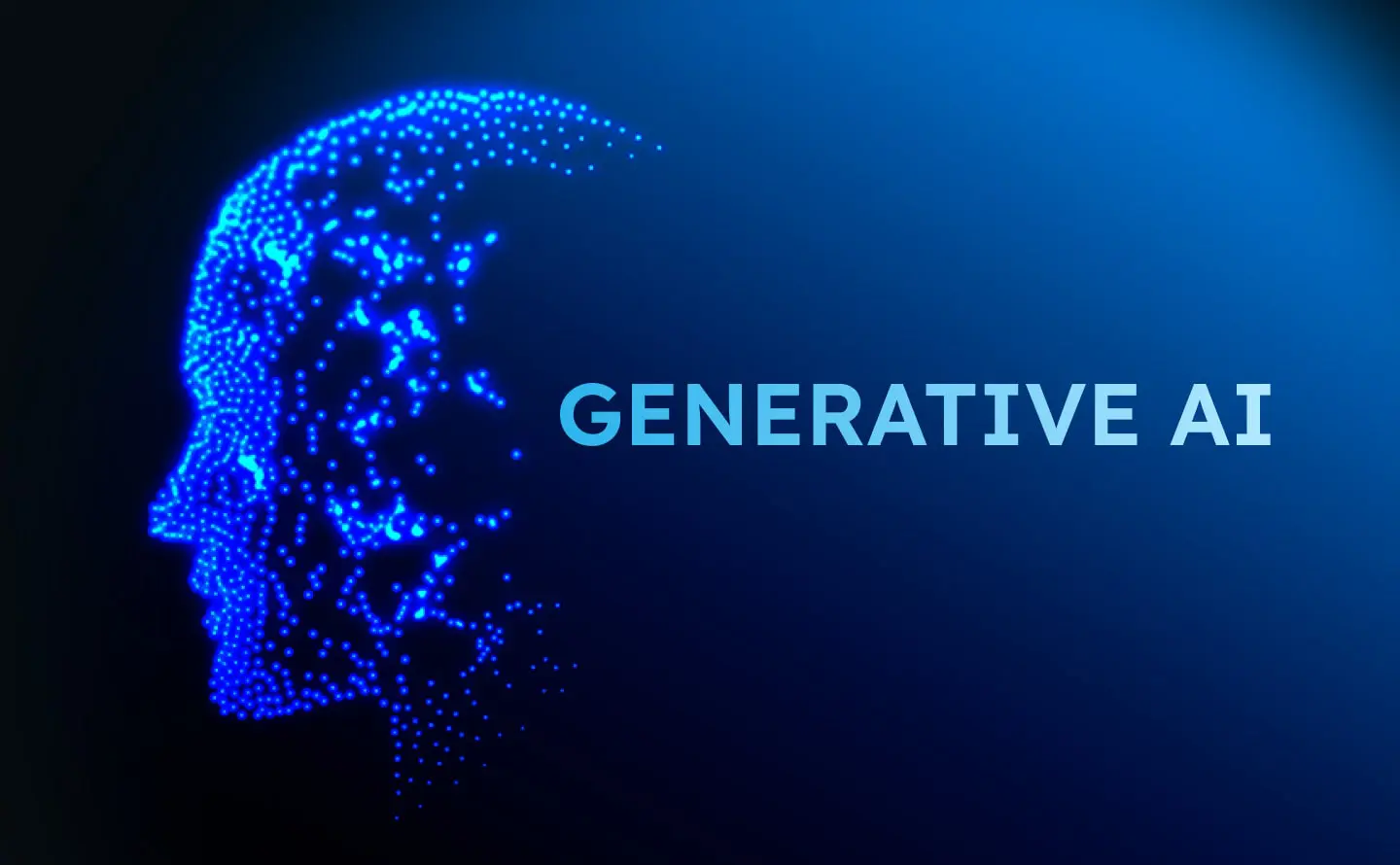Generative AI Market Outlook: Innovations and Industry Roadmap

The generative AI market is defined by a ferociously competitive landscape, a multi-front war being waged by a concentrated group of technology titans and exceptionally well-funded startups, all vying for what they believe will be the most valuable technological platform of the 21st century. Navigating the Generative AI Competitive Landscape requires understanding that this is not a single competition but a series of interconnected battles occurring at different layers of the technology stack: the infrastructure layer, the foundational model layer, and the application layer. The landscape is currently shaped by an intense "arms race" dynamic, where competitors are pouring tens of billions of dollars into research and development, talent acquisition, and, most importantly, the acquisition of the massive computational power needed to train and operate these systems. The strategic maneuvering, high-stakes partnerships, and rapid pace of innovation make this one of the most dynamic and consequential competitive arenas in the history of technology.
At the highest echelons of this landscape are the "hyperscalers" and the leading AI research labs, whose strategies are defining the market's structure. Microsoft has executed a brilliant strategic masterstroke through its deep, multi-billion-dollar partnership with OpenAI. This gives Microsoft exclusive cloud hosting rights and allows it to deeply integrate OpenAI's cutting-edge models (like GPT-4) across its entire software and cloud empire, from Azure and Windows to Bing and Microsoft 365 Copilot. Google, a pioneer in the underlying transformer architecture, is leveraging its immense research capabilities, its vast proprietary datasets, and its own powerful Gemini family of models to compete head-on, integrating AI deeply into its dominant search, advertising, and cloud businesses. Amazon, through AWS, has adopted a more neutral "Switzerland" strategy with its Bedrock service, offering a marketplace of models from various providers (including Anthropic, Cohere, and its own Titan models) to its massive cloud customer base, competing on choice and flexibility. Meanwhile, players like Meta are pursuing a disruptive open-source strategy with their Llama models, aiming to commoditize the model layer and prevent a few proprietary players from dominating the entire ecosystem.
This top-tier battle creates the context for the competition at the application layer. Here, the landscape is a vibrant but challenging ecosystem for thousands of startups and established software companies. Startups are competing by being nimble and focused, identifying a specific, high-value vertical problem (like legal contract analysis or medical report generation) and building a deeply tailored solution before the giants can react. Their primary challenge is building a defensible business that is more than just a "thin wrapper" around a third-party API. Meanwhile, traditional software incumbents like Adobe, Salesforce, and SAP are competing by leveraging their two greatest assets: their massive, existing distribution channels and their vast stores of proprietary customer data. By integrating generative AI features into the products their customers already use every day, they can defend their turf and create powerful, data-rich AI experiences that are difficult for startups to replicate. The overall competitive landscape is therefore a complex, multi-dimensional chess game where success is determined by a potent combination of raw technological capability, strategic partnerships, unique data advantages, massive capital investment, and effective distribution power.
- Art
- Causes
- Crafts
- Dance
- Drinks
- Film
- Fitness
- Food
- Games
- Gardening
- Health
- Home
- Literature
- Music
- Networking
- Other
- Party
- Religion
- Shopping
- Sports
- Theater
- Wellness
